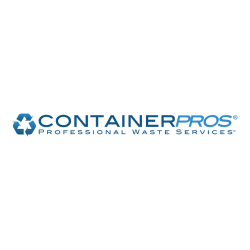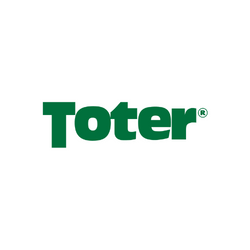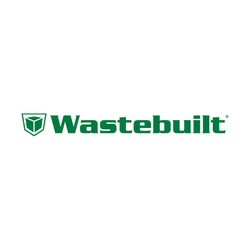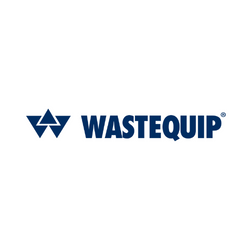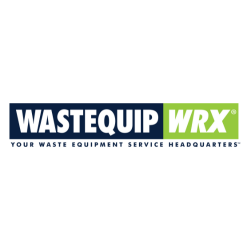Roll Off Container Basics
The Basics of Roll-Off Containers
Republished: April 15th, 2023. Original Source: Wastequip >
Blog Post
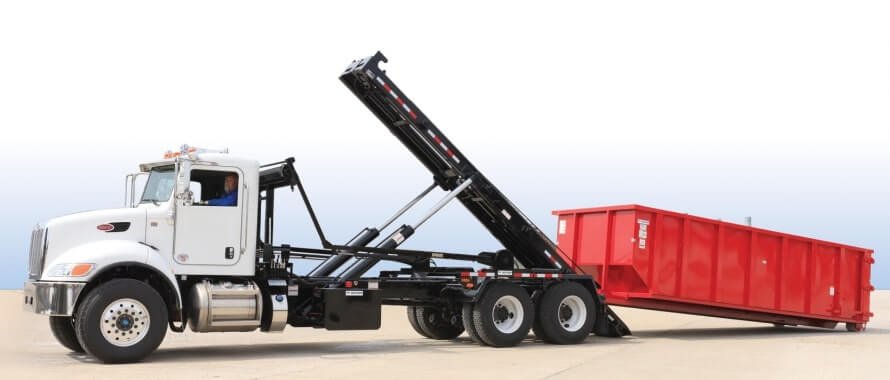
Roll-off containers, also referred to as roll-off dumpsters, have come a long way in waste management. Just because you use a roll-off container on your job site doesn't mean that just any container will do.
Today, roll-off containers are stronger, more efficient, and more specialized than ever before. The size of the task, the duration of the job, and even the nature of the materials being hauled away all play a factor in landing on your best option. By addressing a few questions, you can determine the type of roll-off container that can best handle your job.
1. Container Style Types
Believe it or not, where you work might go a long way to determine which type of container you choose.
Rectangular Shaped Containers
- Mostly ordered in the northeastern U.S.
- Resemble containers you might have seen on cargo ships
- Made of reinforced steel to accommodate the densest, most rugged waste material
- Designed for the most demanding waste hauling and scrap collection jobs.
Tube Shaped Containers
- Often in southern and southwestern U.S.
- They're smooth-sided and stackable
- No outer rail structure allows containers to nest for easier transport and storage
- Ideal for signage and easy to apply decals to, depending on your job's visibility.
2. Container Size & Weight Capacity
What dumpster size will you need? The amount of debris will ultimately vary from project to project. Selecting the correct size dumpster for your job site will help save you time and money. Mentioned below are the most popular dumpster container sizes used by the waste industry.
In addition, the maximum weight permitted for a container is 10 tons, regardless of the size. 10 tons of feathers weights the same as 10 tons of bricks. However, the density is another story. 10 through 20-yard roll-off containers are ideal for heavy items like dirt, concrete, and shingles . Therefore, it's better to use a bigger roll-off container because of the load's net weight. Items such as mattresses and pallets - high in surface space but low in density - easily fit into a 40-yard container with room for much more material.
In addition, the maximum weight permitted for a container is 10 tons, regardless of the size. 10 tons of feathers weights the same as 10 tons of bricks. However, the density is another story. 10 through 20-yard roll-off containers are ideal for heavy items like dirt, concrete, and shingles . Therefore, it's better to use a bigger roll-off container because of the load's net weight. Items such as mattresses and pallets - high in surface space but low in density - easily fit into a 40-yard container with room for much more material.
10 yards
- The smallest roll-off container is the most agile. Wheel it into tight spaces for easy loading of anything from simple home cleanouts to hauling away concrete and dirt. Small-scale jobs of heavy-duty material? No problem with this sleek roll-off container.
- 10 yard container can hold around 2-3 tons.
15 yards
- Hauling out lots of concrete or bulkier items such as bathroom fixtures? It's also a good fit for cleanouts of various types of waste, from plywood to fencing to larger metal pieces. It's perfect for the disposal of old roof shingles, paving stones, and other renovations.
- 15 yard container can hold around 2-3 tons.
20 yards
- Most jobs call for the 20- or 30-yard roll-off container, capable of holding roughly six pickup truck loads of material. It features more room for landscaping tasks and the removal of rocks, sod, and trees. It's just the thing for multi-level tasks, such as cleanouts and renovations.
- 20 yard container can hold around 3 tons.
30 yards
- Do you have a long-term job that involves many aspects of waste removal? Go bigger, with a 30-yard roll-off container. Does your job require a cleanout of furniture, then a renovation, plus a landscaping makeover? Then this is the high-wall container for the job.
- 30 yard container can hold around 3.5-5 tons.
40 yards
- Contractors and property owners often call for the king of roll-off containers. Don’t start a building demolition without one. High walls allow you to stack waste material for removal. It’s the top choice for the biggest jobs in renovation and restoration.
- 40 yard container can hold around 5-6 tons.
3. Container Transport
So you’ve filled your roll-off container dumpster with all the waste needed to clear the way for your construction site. Great! Now, you need to determine how the full container will be transported from your site and delivered to the landfill or dumping area. You have 2 main truck options for transporting dumpster containers
Roll-Off Cable Hoist
- Most popular style of hoist for roll off containers
- Built with high-strength, structural steel tubing for maximum durability
- Requires driver to exit the vehicle to connect the cable to the container
- Container can have a universal design
Roll-Off Hook Lift
- The top choice for maneuverability or versatility
- Ideal for hauling shorter containers and retrieving them from tight spaces.
- Allows driver remain in vehicle to retrieve the container
- Container must have a hook lift design
4. Container Safety
It’s crucial that anyone using roll-off containers stays safe. Look for these important features when choosing your next roll-out container:
- Heavy-Gauge Steel : A roll-out container is only as strong as its floor and walls. Look for fully-welded in-seams and rust-inhibiting primer inside and out.
- Safety Standards: The American National Standards Institute establishes safety requirements for products such as roll-off containers. Be sure your company is ANSI certified before working with them.
- Flexibility : The right roll-off container for your job goes a long way in giving you the most for your money - and safest task experience. Look for a company that offers custom solutions and adaptable options for your needs



